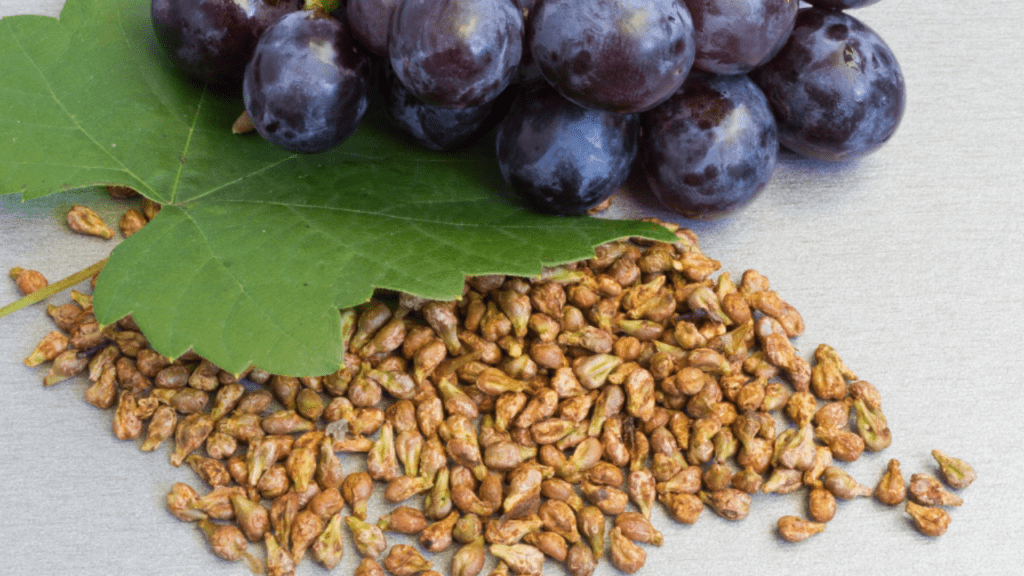
Grape Seeds for Planting: Expert Tips for Growing Healthy Vines
Growing grape vines from seeds can be a rewarding experience, offering a unique opportunity to cultivate your own vineyard from scratch. In this comprehensive guide, we’ll explore everything you need to know about grape seeds for planting, from selecting high-quality seeds to nurturing your vines for a bountiful harvest.
Growing grape vines from seeds can be a rewarding experience that offers the unique opportunity to cultivate your own vineyard from scratch. When selecting seeds for planting, it’s important to choose high-quality seeds from a reputable source to ensure the best chance of success. Once you have your seeds, it’s important to nurture your vines with proper care and attention to ensure a bountiful harvest. By following expert tips and guidelines, you can enjoy the benefits of growing grape vines from seeds and create your own thriving vineyard.
When it comes to growing grape vines from seeds, there are a few expert tips that can help ensure the success of your vineyard. First and foremost, it’s crucial to select high-quality grape seeds from a reputable source. This will give you the best chance of growing healthy and thriving grape vines. Once you have your seeds, it’s important to provide proper care and attention to your vines. This includes ensuring they have adequate sunlight, water, and nutrients to support their growth. Additionally, it’s important to protect your vines from pests and diseases that can harm their development. By following these expert tips and guidelines, you can enjoy the satisfaction of growing grape vines from seeds and ultimately harvest your own delicious grapes. So, if you’re considering planting grape seeds, be sure to follow these expert tips for success.
Table of Contents
ToggleUnderstanding Grape Seeds
is essential for anyone looking to grow their own grape vines. When selecting grape seeds, it’s important to choose high-quality seeds from a reputable source. This will increase your chances of success when it comes to growing healthy and thriving grape vines. Once you have your seeds, it’s important to provide proper care and attention to your vines. This includes ensuring they have adequate sunlight, water, and nutrients to support their growth. It’s also important to protect your vines from pests and diseases that can harm their development.
By following these expert tips and guidelines, you can enjoy the satisfaction of growing grape vines from seeds and ultimately harvest your own delicious grapes. It’s a rewarding experience to see your vines grow and produce fruit, and with the right knowledge and care, you can successfully grow grape vines from seeds. So, if you’re considering planting grape seeds, be sure to follow these expert tips for success.
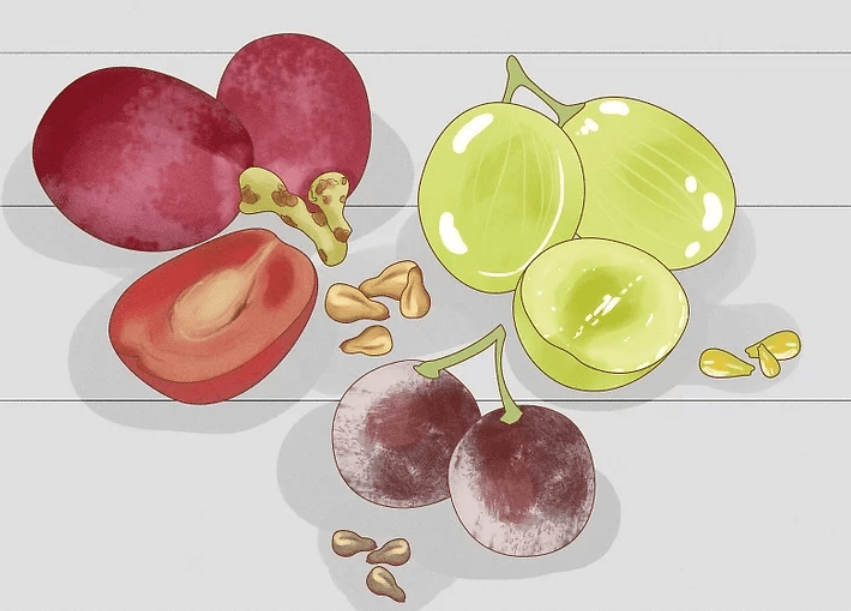
What Are Grape Seeds?
Grape seeds are the small, hard seeds found within the fruit of the grapevine. These seeds are typically used for growing new grape vines and can also be used for their health benefits. Grape seeds are rich in antioxidants and other beneficial compounds that can help promote cardiovascular health, reduce inflammation, and support overall wellness. When it comes to growing grape seeds, it’s important to understand the process and requirements for successful cultivation. First and foremost, it’s crucial to select high-quality grape seeds from a reputable source. This will give you the best chance of growing healthy and thriving grape vines. Once you have your seeds, it’s important to provide proper care and attention to your vines. This includes ensuring they have adequate sunlight, water, and nutrients to support their growth. Additionally, it’s important to protect your vines from pests and diseases that can harm their development. By following these expert tips and guidelines, you can enjoy the satisfaction of growing grape vines from seeds and ultimately harvest your own delicious grapes. So, if you’re considering planting grape seeds, be sure to follow these expert tips for success.
Benefits of Growing Grapes from Seeds
When you grow grapes from seeds, you have the opportunity to create unique and diverse grape varieties. This can lead to the development of new flavors and characteristics that you won’t find in store-bought grapes. Additionally, growing grapes from seeds can be a cost-effective way to start your own vineyard, as seedlings are generally more affordable than purchasing established grape vines. Furthermore, growing grapes from seeds allows you to have a deeper connection to the entire process of cultivation, from seed to harvest. It can be a rewarding and educational experience to watch the vines grow and develop over time. Overall, growing grapes from seeds can offer a sense of pride and accomplishment as you bring your grape vines to maturity and enjoy the fruits of your labor.
Selecting Grape Seeds for Planting
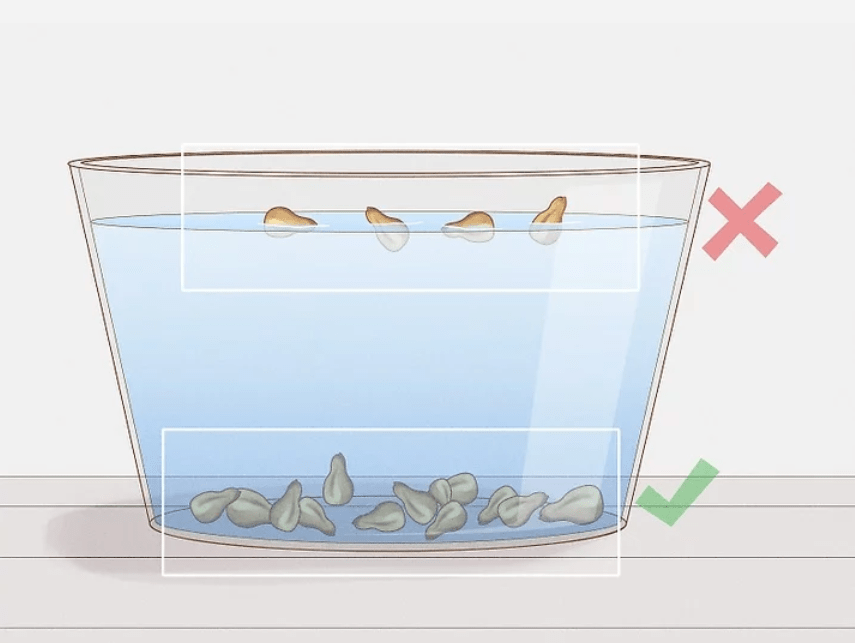
Types of Grape Seeds
When selecting grape seeds for planting, it’s important to choose seeds from varieties that are well-suited to your climate and growing conditions. There are many different types of grape seeds available, each with its own unique characteristics and flavors. Some popular types of grape seeds include Cabernet Sauvignon, Chardonnay, Merlot, and Pinot Noir. It’s important to research and choose the type of grape seeds that best match your preferences and growing environment. By selecting the right grape seeds for planting, you can set yourself up for success and enjoy a bountiful harvest of delicious grapes.
Where to Buy Grape Seeds
You can buy grape seeds from a variety of sources. One option is to purchase them from a local nursery or garden center. These establishments often carry a selection of grape seeds and can provide guidance on which varieties are best suited to your specific growing conditions. Another option is to purchase grape seeds online from reputable seed companies or vineyards. This can be a convenient way to access a wide variety of grape seed options and have them delivered directly to your door. Before purchasing grape seeds, be sure to research the specific varieties and choose ones that are well-suited to your climate and growing conditions.
Preparing Grape Seeds for Planting
Seed Cleaning and Stratification
are important steps in the process of growing grape seeds. Once you have selected the grape seeds you want to plant, it’s important to clean them to remove any debris or unwanted material. This can be done by soaking the seeds in water and gently rubbing them to remove any remaining pulp or residue. Once the seeds are clean, they can be stratified to mimic the natural conditions that would trigger germination in the wild. This involves placing the seeds in a damp, cool environment for a period of time to break their dormancy and encourage germination. Depending on the variety of grape seeds, the stratification period may vary, so be sure to research the specific requirements for the seeds you have chosen. Following these steps will help ensure that your grape seeds are well-prepared for planting and have the best chance of successful germination and growth.
Soil Preparation
is an essential step in growing grape seeds. Before planting, it’s important to prepare the soil to create the optimal growing conditions for the seeds. Start by choosing a location with well-draining soil and plenty of sunlight. You can test the soil pH and make any necessary adjustments to ensure it is suitable for grape seed growth. Clear the area of any debris, rocks, and weeds to create a clean planting space. It’s also beneficial to amend the soil with organic matter such as compost or aged manure to improve fertility and soil structure. Once the soil is prepared, you can plant the grape seeds at the appropriate depth and spacing, following the specific instructions for the variety you have chosen. By properly preparing the soil, you can provide the best environment for the grape seeds to germinate and thrive.
Planting Grape Seeds
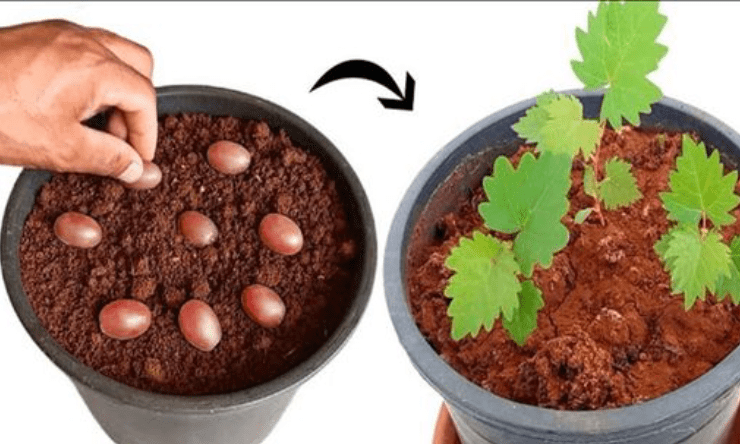
Timing and Climate Requirements
When planting grape seeds, it’s important to consider the timing and climate requirements. Grape seeds should be planted in the spring once the soil has warmed up and there is no longer a risk of frost. The ideal temperature for planting grape seeds is between 60-68 degrees Fahrenheit. It’s important to choose a variety of grape seeds that are suitable for the climate in your region. Some varieties may be better suited for cooler climates, while others may thrive in warmer temperatures. Researching the specific climate requirements for the variety of grape seeds you have chosen will help ensure successful germination and growth. Additionally, providing the seeds with the appropriate amount of sunlight and water based on the climate in your region will also contribute to their successful growth. By considering these timing and climate requirements, you can set your grape seeds up for the best chance of successful germination and growth.
Planting Techniques
are crucial for the successful growth of grape seeds. Before planting, it’s important to prepare the soil by loosening it and adding organic matter to improve drainage and nutrient content. Plant the grape seeds in well-drained soil with a pH level between 6.0 and 6.5. You can test the soil pH using a simple soil testing kit available at most garden centers. When planting the grape seeds, ensure that they are planted about 1 inch deep and spaced at least 6 to 10 feet apart to allow for proper root development and growth. It’s also important to provide support for the grape vines to climb as they grow. Consider installing a trellis or other support structure to train the vines as they mature. By following these planting techniques, you can create an optimal environment for the successful growth of grape seeds.
Caring for Grape Vines
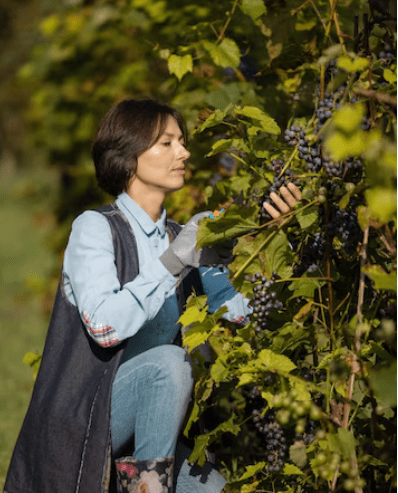
Watering Requirements
Fertilization
Proper care and maintenance of grape vines are essential for successful growth and fruit production. When it comes to watering grape vines, it’s important to provide consistent moisture, especially during the growing season. Make sure to water deeply and regularly, especially during dry periods. However, be cautious not to overwater, as this can lead to root rot and other issues.
Fertilization is another important aspect of caring for grape vines. It’s important to provide the necessary nutrients for healthy growth and fruit production. Consider using a balanced fertilizer that is specifically formulated for grapes, and apply it according to the instructions on the packaging. Additionally, it’s important to monitor the vine’s growth and health to determine if any additional nutrients are needed.
By following these caring and maintenance techniques, you can ensure the successful growth and fruit production of your grape vines. Remember to monitor the vines regularly and make adjustments as needed to provide the best possible environment for their growth.
Light and Temperature Needs
Grape vines require full sun, with at least 7-8 hours of direct sunlight each day for optimal growth and fruit production. It’s important to plant grape vines in a location that receives plenty of sunlight. Additionally, grape vines are sensitive to temperature changes, especially during the winter months. It’s important to protect them from frost and extreme cold by covering them with a layer of mulch or bringing them indoors if necessary. Monitoring the temperature and providing the right amount of sunlight can help ensure the healthy growth and fruit production of your grape vines.
Training and Pruning Grape Vines
Importance of Training
Training and pruning grape vines are essential for their growth and productivity. Proper training and pruning techniques help to promote healthy vine growth, increase fruit production, and improve the overall quality of the grapes. Without proper training, grape vines can become tangled and unmanageable, making it difficult for the fruit to ripen properly. Training the vines also helps to create a structured and organized growth pattern, making it easier to manage and care for the vines. Pruning is equally important as it helps to remove dead or diseased wood, improve air circulation within the vine, and regulate the number of grape clusters for optimal fruit development. By implementing proper training and pruning practices, you can ensure the successful growth and productivity of your grape vines.
Pruning Techniques
are essential for maintaining the health and productivity of grape vines. The first step in pruning is to remove any dead or damaged wood from the vines. This helps to prevent the spread of disease and promotes healthy growth. It’s also important to prune away any excessive growth or overcrowded areas to improve air circulation and sunlight penetration within the vine. Additionally, pruning helps to regulate the number of grape clusters, allowing the vine to focus its energy on producing high-quality fruit. When pruning, it’s important to use sharp, clean tools to make clean cuts and minimize damage to the vine. By employing proper pruning techniques, you can help promote the health and productivity of your grape vines.
Harvesting Grapes

is a critical step in the winemaking process. The timing of the harvest is crucial, as it can affect the flavor, acidity, and sugar levels of the grapes. When harvesting grapes, it’s important to pick them at the peak of ripeness to ensure the best quality fruit. This involves closely monitoring the sugar levels and acidity of the grapes to determine the optimal time for harvesting. Additionally, the weather conditions at the time of harvest can also impact the quality of the grapes. Once the grapes are harvested, they need to be handled carefully to prevent damage to the fruit. Proper harvesting techniques can help ensure the production of high-quality grapes for winemaking.
Uses and Benefits of Grapes
Grapes have a wide range of uses and benefits. They are not only delicious and versatile, but they also offer a variety of health benefits. Grapes can be eaten fresh as a tasty snack, used in cooking and baking, or pressed to make juice or wine. They are also used to make raisins, jams, and jellies. In addition to their culinary uses, grapes are packed with nutrients such as vitamins, minerals, and antioxidants. They have been linked to improved heart health, better blood sugar control, and even cancer prevention. The antioxidants found in grapes, particularly in the skin and seeds, may help protect against oxidative stress and inflammation. Grapes are also a good source of hydration and fiber. Including grapes in your diet can promote overall health and well-being. So, whether you enjoy them as a snack, in a recipe, or in a glass of wine, grapes are a delicious and nutritious addition to your daily routine.
In conclusion, growing healthy grape vines requires attention to detail and proper care throughout the planting and growing process. From selecting the right seeds to providing the right soil, sunlight, and water, there are many factors to consider. It’s important to also be patient and consistent with your care in order to ensure successful vine growth. By following expert tips and techniques, you can enjoy a bountiful harvest of delicious grapes from your own vineyard.
Frequently asked questions And Answer
It is possible to plant grape seeds from store-bought grapes, but it may not result in the same quality of grapes as the parent plant. It is recommended to obtain seeds from a reputable nursery or supplier for best results.
Grape seeds can take anywhere from 2 weeks to 3 months to germinate, depending on the variety and growing conditions
Grape vines require full sunlight for at least 6 to 8 hours a day to thrive and produce healthy fruit.
Newly planted grape vines should be watered regularly, especially during the first growing season. Once established, grape vines are drought-tolerant and only need to be watered during prolonged dry periods.
Pruning is essential for grape vines to promote healthy growth and fruit production. It is best to prune grape vines during the dormant season to remove old wood and shape the plant.
Grape vines are susceptible to pests such as aphids, mites, and grapevine moths, as well as diseases like powdery mildew and downy mildew. Regular monitoring and proper care can help prevent and control these issues.
Grapes are typically ready for harvest in late summer to early fall, depending on the variety. It is important to wait until the grapes are fully ripe before picking them for the best flavor and sweetness.
